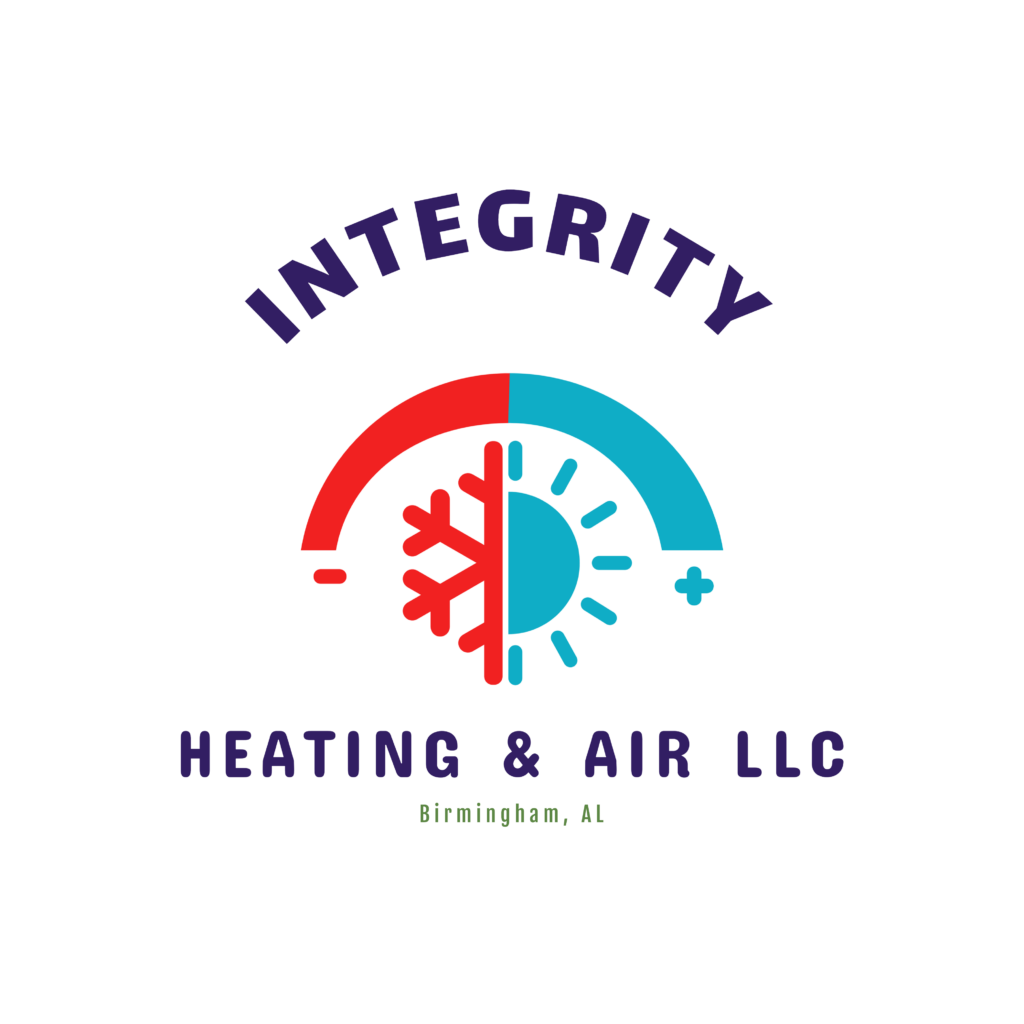Title: Tips for Reducing HVAC Energy Consumption in Schools
Introduction:
Heating, ventilation, and air conditioning (HVAC) systems are essential for maintaining a comfortable and healthy learning environment in schools. However, they can also be one of the largest energy consumers in educational facilities. With rising energy costs and a growing focus on sustainability, it’s crucial for schools to find ways to reduce HVAC energy consumption. In this blog post, we will explore some practical tips that schools can implement to improve energy efficiency and reduce their environmental impact.
1. Regular Maintenance:
One of the most effective ways to reduce HVAC energy consumption in schools is by ensuring that the systems are properly maintained. Regular maintenance, including cleaning filters, checking for leaks, and calibrating thermostats, can help improve the efficiency of the HVAC system. Schools should consider implementing a preventive maintenance schedule to keep their HVAC systems running smoothly and efficiently.
2. Upgrade to Energy-Efficient Equipment:
Older HVAC systems are often less energy-efficient than newer models. Schools can consider upgrading to energy-efficient HVAC equipment, such as high-efficiency boilers, heat pumps, or programmable thermostats. While there may be an upfront cost associated with upgrading, the long-term energy savings can outweigh the initial investment.
3. Implement Temperature Setbacks:
Implementing temperature setbacks during unoccupied hours, such as evenings, weekends, and holidays, can help reduce energy consumption. By adjusting the thermostat settings when the school is empty, schools can save on heating and cooling costs without sacrificing comfort during operational hours. Programmable thermostats or building automation systems can make it easy to schedule temperature setbacks based on the school’s schedule.
4. Improve Building Insulation:
Proper insulation is key to maintaining a consistent indoor temperature and reducing the workload on the HVAC system. Schools should ensure that their buildings are well-insulated to prevent heat loss in the winter and heat gain in the summer. Upgrading insulation in walls, roofs, and windows can help improve energy efficiency and reduce the school’s overall HVAC energy consumption.
5. Educate Occupants:
Educating students, teachers, and staff about energy-saving practices can also contribute to reducing HVAC energy consumption in schools. Encouraging occupants to turn off lights, computers, and other electronics when not in use, as well as promoting energy-efficient behaviors, can help create a culture of energy conservation within the school community.
Conclusion:
Reducing HVAC energy consumption in schools is not only beneficial for the environment but can also lead to cost savings and improved comfort for students and staff. By implementing these tips, schools can take proactive steps towards improving energy efficiency, reducing their carbon footprint, and creating a more sustainable learning environment. Making small changes in HVAC system maintenance, equipment upgrades, temperature setbacks, building insulation, and occupant education can add up to significant energy savings over time. By prioritizing energy efficiency, schools can contribute to a greener future while creating a healthier and more comfortable environment for all.

